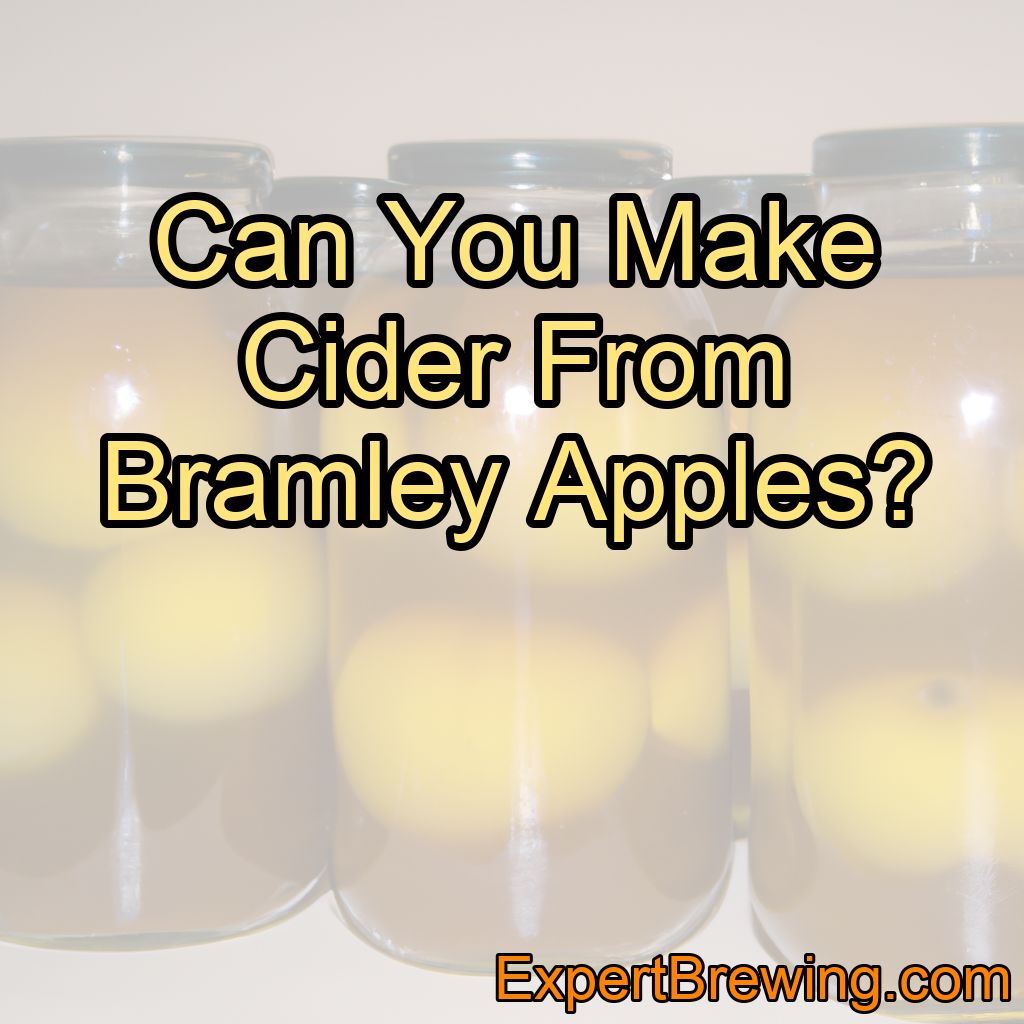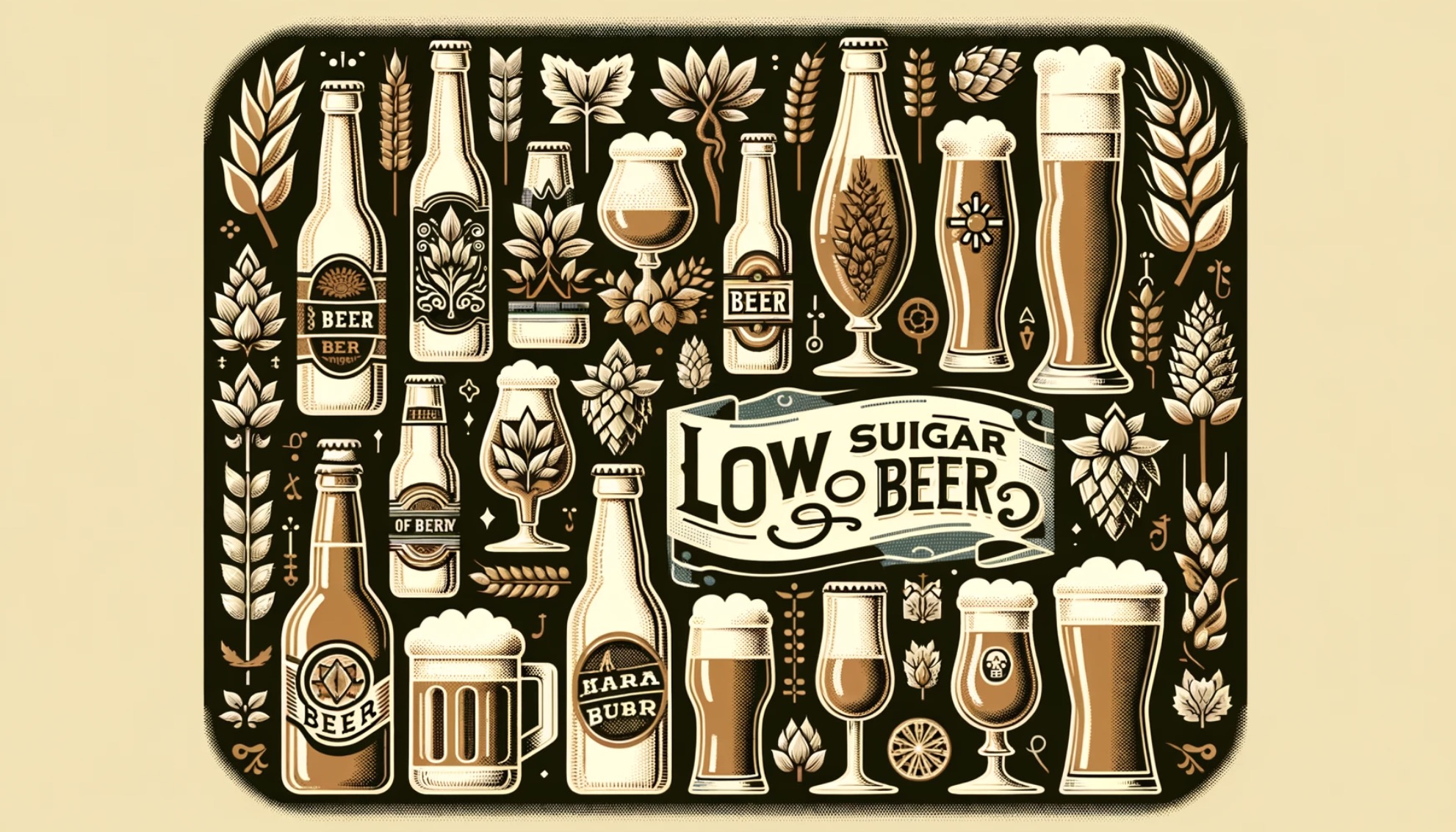Introduction to Bramley Apples
Bramley apples are a popular cooking apple variety originating from England. Known for their tart flavor and excellent cooking properties, they are often used in pies, sauces, and other baked goods. However, their potential in cider making is often overlooked.
Characteristics of Bramley Apples
Bramley apples are large, green, and have a distinctively tangy flavor. They have a high acidity and low sugar content, which makes them ideal for cooking but less suited to eating raw. The high acidity also contributes to their excellent storage properties, as they can be kept for several months without losing their quality.
Why Use Bramley Apples for Cider?
While traditional cider apples are the preferred choice for most cider makers, there are several reasons to consider using Bramley apples in your cider making process:
1. Availability: Bramley apples are widely available and often cheaper than traditional cider apples, making them a cost-effective option.
2. Tart Flavor: The high acidity of Bramley apples can add a tangy, refreshing edge to your cider, particularly when combined with sweeter apple varieties.
3. Experimentation: Using Bramley apples in your cider making process allows you to experiment with different flavors and blends, potentially creating a unique and distinctive cider.
Challenges of Using Bramley Apples in Cider
Despite the potential benefits, there are some challenges to consider when using Bramley apples for cider making:
High Acidity
The high acidity of Bramley apples can be both a blessing and a curse. While it can contribute to a tangy, refreshing flavor, it can also make the cider overly sharp and unbalanced if not managed correctly. To counteract this, consider blending Bramley apples with sweeter apple varieties or adjusting the fermentation process to reduce acidity.
Low Sugar Content
Bramley apples have a lower sugar content than traditional cider apples, which can result in a lower alcohol content in the finished cider. To compensate for this, you may need to add additional sugar or other fermentable sugars during the fermentation process.
Blending Bramley Apples with Other Apple Varieties
One of the keys to a successful cider made from Bramley apples is blending them with other apple varieties to create a balanced flavor profile. Consider using sweeter, dessert apple varieties such as Gala, Golden Delicious, or Fuji to offset the tartness of the Bramley apples.
Experiment with Ratios
When blending Bramley apples with other varieties, it’s essential to experiment with different ratios to find the perfect balance. Start with a small batch and adjust the proportions as needed until you achieve the desired flavor profile.
Fermentation Process and Adjustments
When making cider from Bramley apples, you may need to make some adjustments to the fermentation process to account for their unique characteristics.
Acidity Management
If you find that the acidity of your cider made from Bramley apples is too high, consider adjusting the fermentation process to reduce acidity. This can be done by using a malolactic fermentation, which converts harsh malic acid into softer lactic acid, resulting in a smoother, more balanced flavor.
Sugar Content and Alcohol Levels
To compensate for the lower sugar content of Bramley apples, you may need to add additional sugar or other fermentable sugars during the fermentation process. This will increase the alcohol content of the finished cider and help balance the tartness of the apples.
Aging and Maturation
Cider made from Bramley apples may benefit from extended aging and maturation to help mellow the acidity and develop more complex flavors. Consider aging your cider for several months or even years to achieve the best results.
Conclusion
In conclusion, yes, you can make cider from Bramley apples. While it may present some challenges, such as high acidity and low sugar content, these can be managed through blending with other apple varieties, adjusting the fermentation process, and allowing for extended aging. When done correctly, cider made from Bramley apples can be a refreshing and unique alternative to traditional ciders.
10 Facts About Bramley Apples and Cider Making:
1. Bramley apples are a popular cooking apple variety from England.
2. They have a high acidity and low sugar content, making them ideal for cooking but less suited to eating raw.
3. Bramley apples can be used in cider making, although they are not a traditional cider apple variety.
4. The high acidity of Bramley apples can contribute to a tangy, refreshing flavor in cider.
5. Blending Bramley apples with sweeter apple varieties can help balance the tartness and create a more balanced flavor profile.
6. Adjustments to the fermentation process, such as malolactic fermentation or adding additional sugar, may be necessary when using Bramley apples in cider making.
7. Experimenting with different ratios of Bramley apples to other apple varieties is essential to achieve the desired flavor profile.
8. Cider made from Bramley apples may benefit from extended aging to mellow the acidity and develop more complex flavors.
9. Using Bramley apples in cider making can be a cost-effective option due to their widespread availability and lower price compared to traditional cider apples.
10. Making cider from Bramley apples allows for experimentation and the potential to create a unique and distinctive cider.
FAQs
Can you use cooking apples to make cider?
Yes, cooking apples can be used to make cider, but they will result in a different flavor profile compared to cider made with traditional cider apples. Cooking apples tend to be higher in acid and lower in tannins, which can result in a sharper and more acidic cider. It is recommended to blend cooking apples with cider apples or other apple varieties to balance the flavor and create a more complex cider.
What are Bramley apples best for?
Bramley apples are best for cooking and baking due to their high acidity and firm texture, which makes them hold their shape well when cooked.
Do Bramley apples make good juice?
Yes, Bramley apples make excellent juice as they are naturally high in acidity, which gives the juice a tangy and refreshing taste. They also have a good balance of sweetness and tartness, making them a popular choice for making apple juice and cider.
Can I boil apples for cider?
Yes, you can boil apples for cider, but it’s not necessary. To make cider, you typically press the apples to extract the juice and then ferment it. Boiling the apples can help soften them and release more juice, but it can also affect the flavor and color of the cider. It’s best to use fresh, ripe apples for cider and let the natural fermentation process do its work.
Can you make apple cider with cooking apples?
Yes, you can make apple cider with cooking apples. However, the resulting cider may not be as sweet or flavorful as cider made with cider-specific apple varieties.
Can you drink juice from cooking apples?
Yes, you can drink juice from cooking apples. However, the juice may be more tart and less sweet than juice from eating apples. Additionally, cooking apples are often used for making cider rather than juice.




